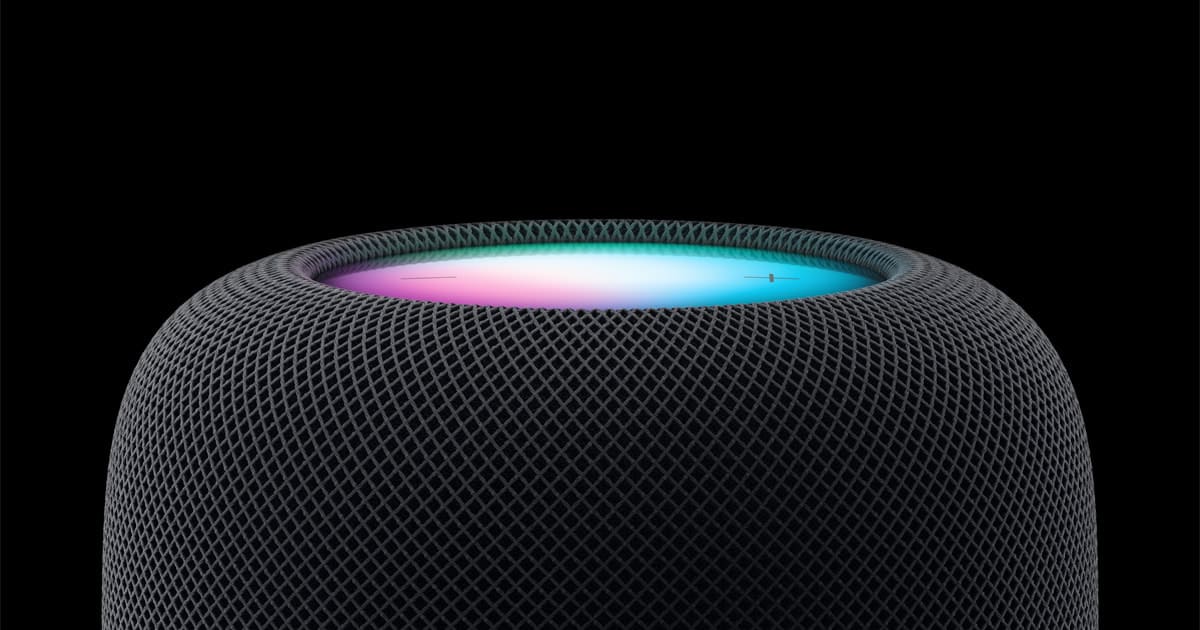Introduction:In this comprehensive guide, we explore the intricacies of the Tennessee football schedule, delving into the strategies that can transform
Continue reading
Share Gyaan With Everyone
Technical tutorials

Introduction:In this comprehensive guide, we explore the intricacies of the Tennessee football schedule, delving into the strategies that can transform
Continue reading
How can we replace chatGPT with siri. The natural language processing and generation features that ChatGPT now offers would be
Continue reading
With ChatGPT integrated by Koo, their chat system will be able to comprehend user inputs more naturally and human-likely.Modern language
Continue reading
Launching of homepod with 7-inch display The Apple HomePod is a smart speaker that can play music, control your smart
Continue reading